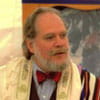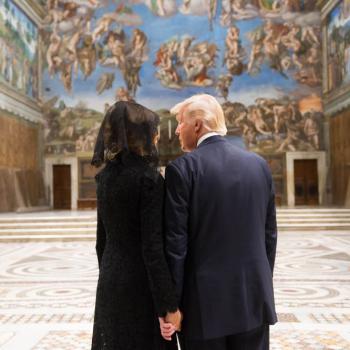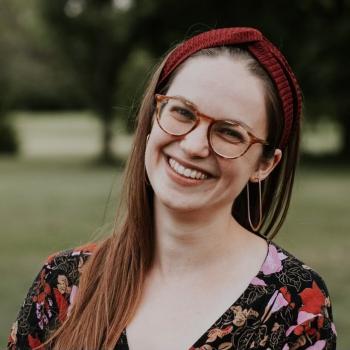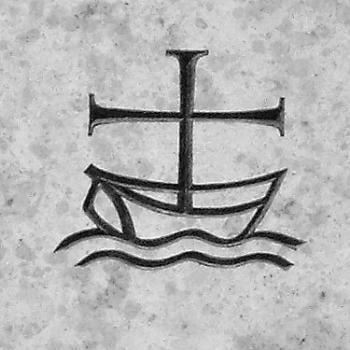 By Reb Bahir Davis
By Reb Bahir Davis
I enjoy movement, particularly hiking on some of the 44,000 acres of open space and mountain parks that surround Boulder, Colorado, where I live. It occurred to me as I was wheezing up a mountain pass the other day that hiking the Rockies is an apt metaphor for the way of movements in Judaism.
When I am walking alone along a path there is a feeling of freedom that pervades my soul. I can go off the path if I want, though that is accompanied by some guilt for making my hiking footprint larger on the earth. I can stop when I want to explore what I have been doing or not doing. I can check in with my soul in a way that I cannot do in my office or around the house or even in a shul with walls. Hiking alone gives me the quiet that enhances my ability to listen to the sounds of silence, the call of the heart. I love to hike alone or with a few friends.
With friends there is camaraderie, compromise, and consensus. We come together to share the spirit walk and the soulful silence of being in the mountains and in the moment. Decisions are easy and flow from feelings for the space we share. There are no committees or reports. We have come together as likeminded souls and the silence is comfortable and comforting.
Sometimes, I lead hikes for open space and mountain parks. We get a group of people and follow a ‘pre-packaged' set of trails. We plan how long it will take and where we will go. Of course, as we walk things change. Our pace becomes faster or slower. We make decisions along the way regarding distance and trail and time. But the decisions are somewhat more cumbersome. Process is prolonged and movement is measured in moderation. We are more deliberate than decisive and our concerns more manifest. We tend to be more concerned with safety than with progress. We miss some of the beauty while ‘in committee' and some of the mystery is muted.
And yet we move along, maybe more slowly for our size but movement is always part of the process. If we stopped moving, we, as a group, would cease to exist. Other groups would pass us by and some of our members would leave for one group or another. Eventually we would not be a group, and we would not be a movement; we would shrink to a few friends standing around lost and alone. We might disappear from the trail altogether. Or we might even begin to move again.
People walk the walk of Jewing in much the same way. All movements begin as a few people already on the path, who are drawn together. As we Jew along the trail we find others who have made similar decisions, enjoy following after, or walking with someone of depth or a deep idea or ideal. With time the numbers grow and process slows progress. Decisions are discussed and directions determined.
Hasidut happened because of the Baal Shem Tov and those who wished to follow him in joy. Reform was a response to the reformation and the opening of the ghettos. Orthodoxy objected to the reforming of Judaism in the light of modernity. Conservative Judaism was conceived to conserve the traditions of Judaism in a new way. Reconstructionist Judaism sought to reconstruct our reasons for the seasons of Jewish life, as we Jew our traditional path in modern ways. Renewal appeared on the scene to make new again our joy as we Jew our hike by inviting in other views to be translated into our Jewing path.
They were not the first Jewing movements nor will they be the last. Movements ebb and flow, waxing and waning as we flow through time. The movements move or disappear from the face of our Jewish map. The question was asked of me: "What is the future of movements in Judaism?" I am not a master prognosticator. I have no magic wand, well I do, but I haven't figured out how to make it work. I simply look back at the movements called Pharashim, Tzazdokim, Essene, Karaim. The followers of Shabbati Tzvi and the Frankists, Karaites, and Shomronim come to mind. In one way or another they are all around.
We know little of those who have not continued to move, for they seem to have been washed up on the shores of history. Others seem to grow and flow and flourish with the passage of time. There are two constants in the equation. Movements need to move and they need to contribute to the whole. Any movement that can hold to its fluidity no matter how thick the flow, any movement that sees itself as part of something bigger, the Jewing path, that movement will have legs. It will be found moving along the trail that is the Jewing path.




